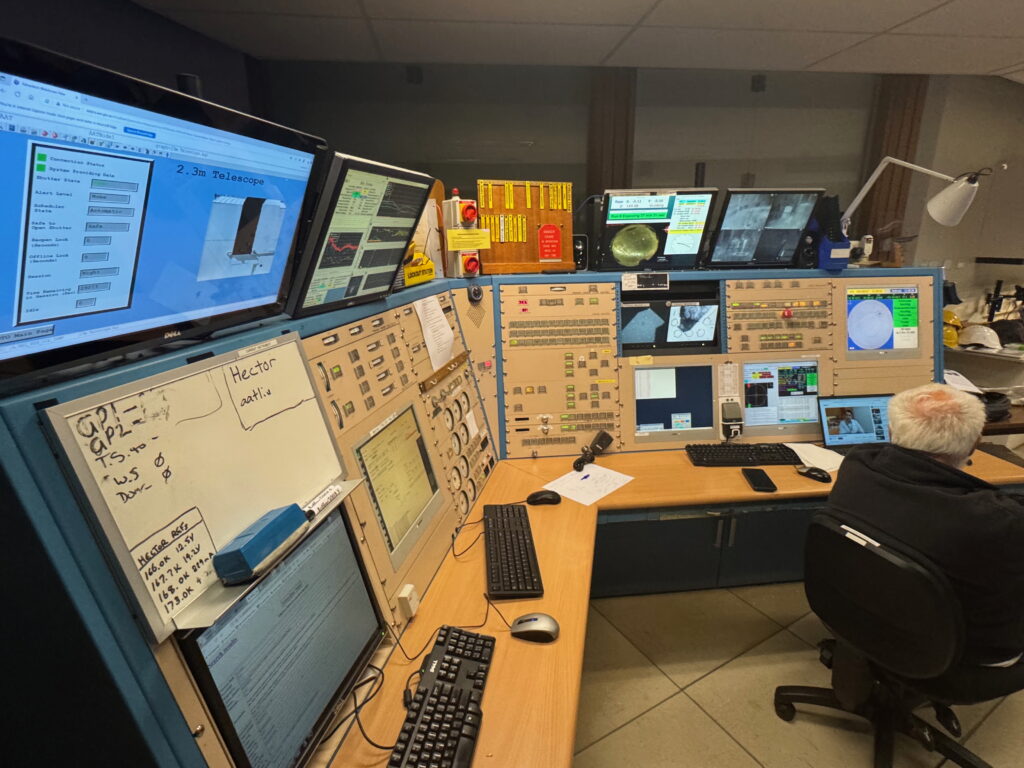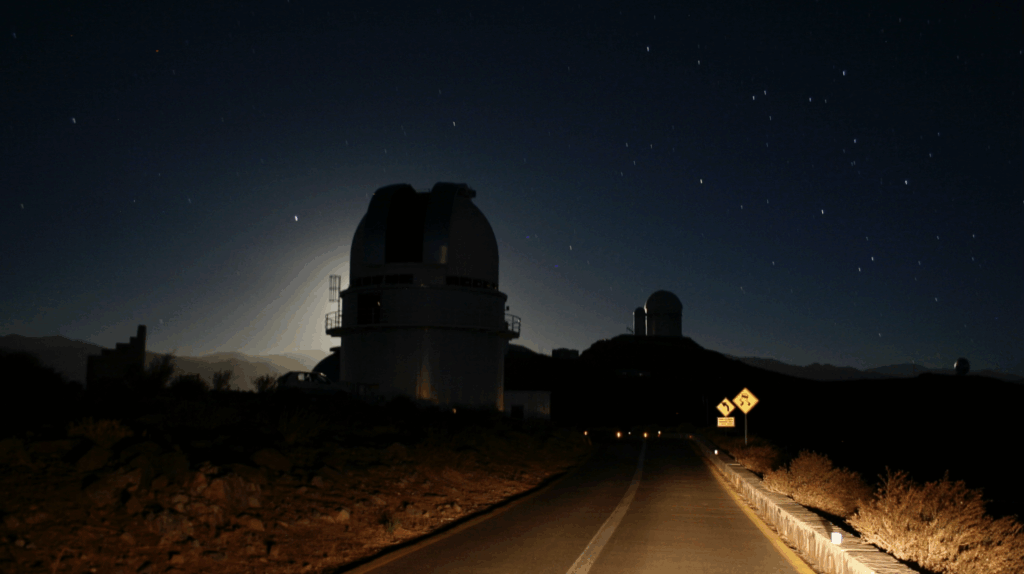I keep hearing about Simon Sinek’s “Start with Why“. So I decided to try putting words on what I am doing here. I take this opportunity to collect and organise my thoughts on these matters. Why indeed, do astronomical observatories need good software?
What “good software” means in Arcsecond development?
- A good software lets you focus on your objective. It frees your mind from complex technical considerations, which are irrelevant for the science thinking (e.g. you don’t need to manage concepts such as cardinality, atomicity, or intemerdiate persistence, when you only need the right exposure time for the desired S/N ratio).
- A good software is consistent. Hence, it behaves in a predictable and understandable way, even for beginners. (You probably have other and more important tasks to achieve than writing another version of the local “observer manual”…)
- A good software guides you when sleep-deprivation make any decision difficult.
- Well architectured, a robust software let you imagine and perform non-standard observations (e.g., have you observed the Moon with a 4-meter telescope?…).
- Well architectured, a good software can be easily extended over the years, and yet remains consistent. (Internally, it means following consistent APIs with some rigor…)
- A good software is stable and reliable, yet improving at a steady pace, with an open roadmap. (Such public roadmap – which is not as trivial as it may sound – is in our to-do list!)
- A good software can be fully automatic, yet be easily decomposed in its logical parts to be manually driven. That way, it is a guarantee of a maximum productivity and ROI of every night (Quick question: do you really re-open the dome at 3pm, after the passing of clouds?…)
A word about the value of integration
Today, in most situations, you have one software for the guiding, one for the weather station, one for the dome opening/closing, one for the telescope pointing… And your screen(s) looks like a console full of buttons of all kinds and colors.

This is also true in the astro-photography world, where the software fragmentation is quite huge, almost as large as the catalogue of equipments, pieces and systems (see, for instance, this somewhat extreme example).
I strongly believe since many years that a very strong value resides in the integration of many components, that are otherwise disparate. That’s why Arcsecond tries to cover so many aspects of the astronomical observation lifecycle, even if you’re free to use only the parts you need.
I guess, I’ve been influenced by my years at the European Southern Observatory in Chile, where the word ‘integration’ is pushed way beyond software. Instrumentation, documentation, data archive, operations, time proposals, the vertical integration is quite complete. And this integration makes ESO one of the most productive observatory in the world.
At our own scale, Arcsecond comes as a single yet modular software. Based on APIs, it is easily extensible. It gives freedom for those who want to play with it their own way. But we will continue to develop unique interfaces and services that only a complete integration allow us to achieve.
Why
Today, as far as I can remember, my most vivid memories are of nights spent at the telescope. I was lucky enough to experience many of those nights on multiple continents.
And among all these memories, one stands out in particular. Picture this: the RITZ in La Silla, Chile — the shared control room of three large telescopes — at night. Beautiful weather, a gentle breeze from the Andes, and a rather good seeing (below one … arcsecond!). A big table in the living area, covered with printed telescope time proposals spread out across it. I was in charge, like my colleagues, of evaluating the technical feasibility of these proposals — the very near future of science. I absolutely loved it.
It meant being able to grasp this unique combination: deep scientific cases, complex sequences of instrument capabilities, and the challenge of acquiring the exact data needed to answer a specific question. You need to understand astrophysics across multiple fields, instrumentation, observational techniques, observatory operations, timing, location… and more.
I was living inside a fascinating intellectual and operational environment — a waking dream.
An observatory is, in essence, a giant tool system. If we want humans to dream — about science, about the wonders of the night sky, or both — while also obtaining the best possible data and images to expand their knowledge, deepen their understanding, or simply strengthen their sense of awe (or all three!), then we need good software that runs smoothly and automatically.
I make Arcsecond because I feel capable of taking the important responsibility of providing a central infrastructure to astronomical observatories. For them to achieve, and not only operate.
That way, we can all step outside on a dark moonless night, look up at the stars, and enjoy the slow and silent rotation of the Milky Way, filled with awe and ideas.


No responses yet